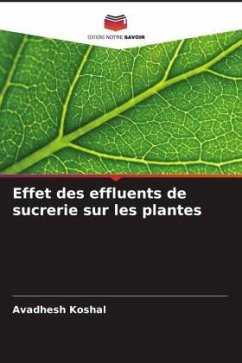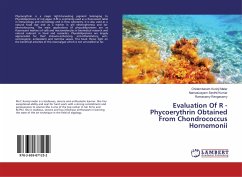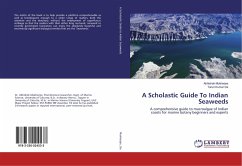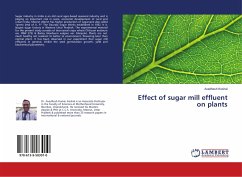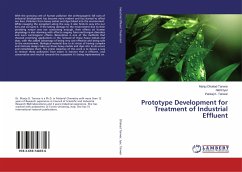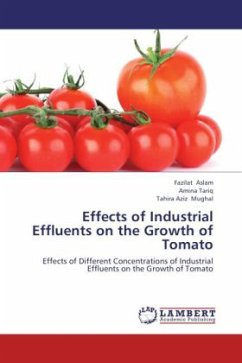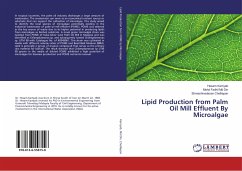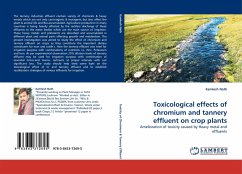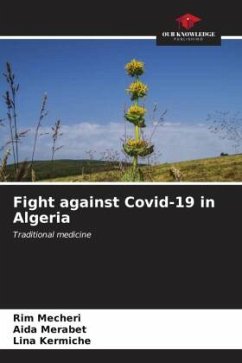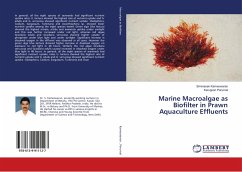
Marine Macroalgae as Biofilter in Prawn Aquaculture Effluents
Versandkostenfrei!
Versandfertig in 6-10 Tagen
51,99 €
inkl. MwSt.

PAYBACK Punkte
26 °P sammeln!
In general, all the eight species of seaweeds had significant nutrient uptake rates. U. lactuca showed the highest rate of nutrient uptake and G. edulis and G. verrucosa showed significant nutrient uptake. Cladophora, Codium, Sargassum, Turbinaria and Acanthophora sp. showed lesser nutrient uptake among the eight species tested. Green alga Ulva lactuca showed the highest nitrate, nitrite and ammonia uptake under sunlight and this was further increased under red light, whereas red algae Gracilaria edulis and Gracilaria verrucosa showed higher uptake of phosphate under blue light and under sunli...
In general, all the eight species of seaweeds had significant nutrient uptake rates. U. lactuca showed the highest rate of nutrient uptake and G. edulis and G. verrucosa showed significant nutrient uptake. Cladophora, Codium, Sargassum, Turbinaria and Acanthophora sp. showed lesser nutrient uptake among the eight species tested. Green alga Ulva lactuca showed the highest nitrate, nitrite and ammonia uptake under sunlight and this was further increased under red light, whereas red algae Gracilaria edulis and Gracilaria verrucosa showed higher uptake of phosphate under blue light and under sunlight. Significant increase in dissolved oxygen in the effluent was observed in all cases. However the green alga Ulva lactuca showed higher increase in dissolved oxygen on exposure to red light in 48 hours. Similarly the red algae Gracilaria verrucosa and Gracilaria edulis caused increases in dissolved oxygen under blue light in 48 hours. In general, all the eight species of seaweeds had significant nutrient uptake rates. U. lactuca showed the highest rate of nutrient uptake and G. edulis and G. verrucosa showed significant nutrient uptake. Cladophora, Codium, Sargassum, Turbinaria and Acan



